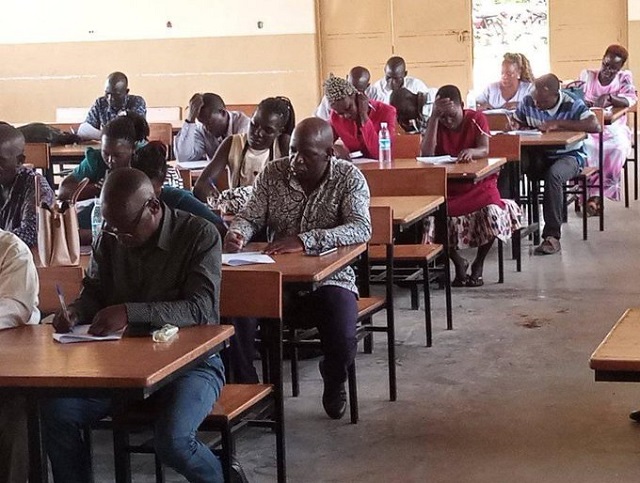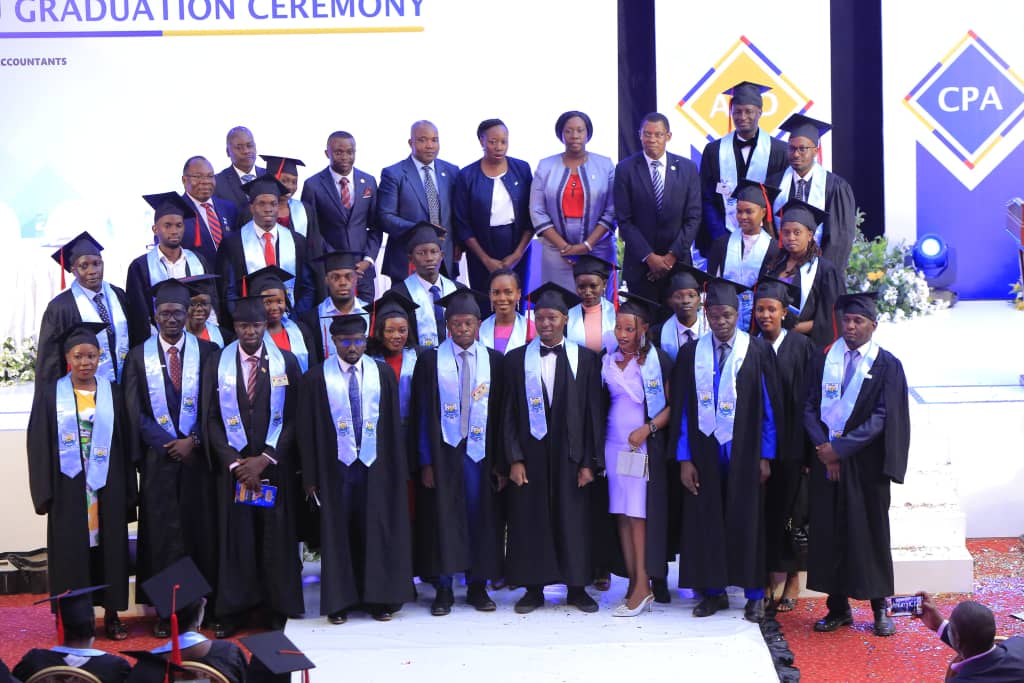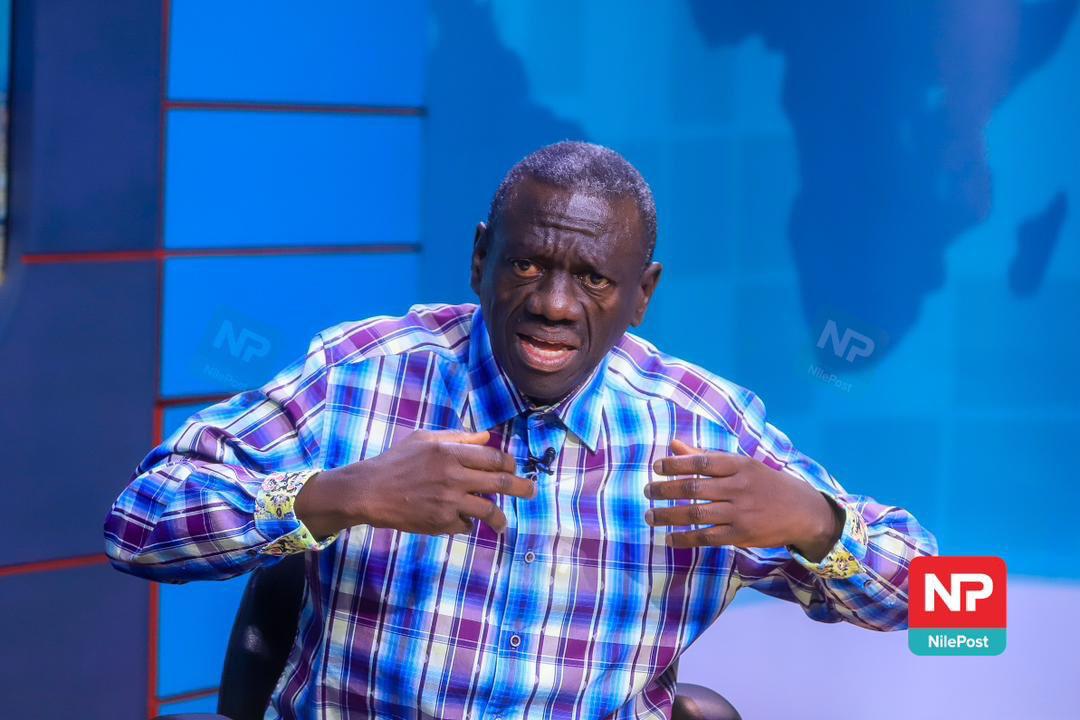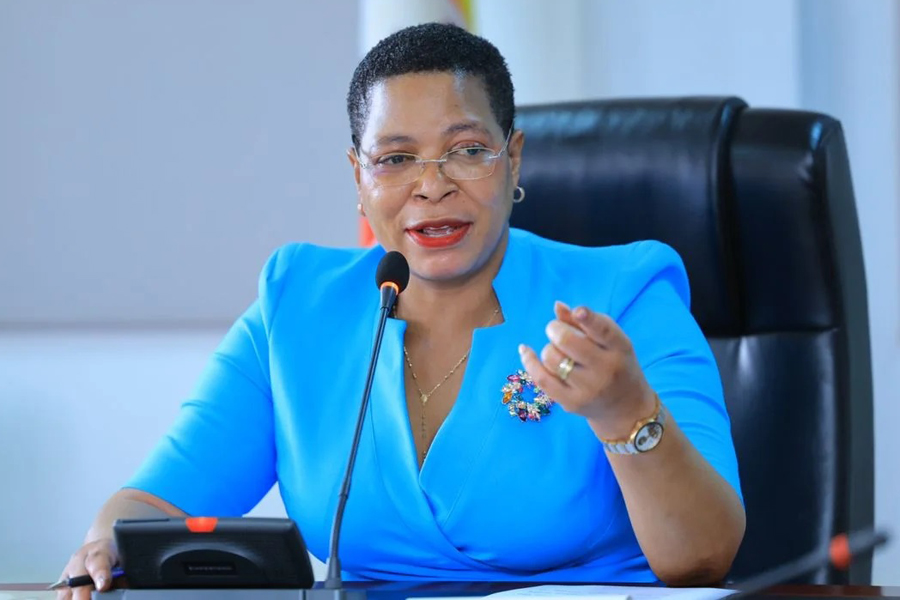Opinion: Does streaming of learners increase learning in school?
By Solomon Serwanjja
It remains a controversial subject of debate across the education spectrum, leaving some parents disappointed while others sing its praises. Streaming - or cross ability grouping - of pupils according to their intellectual or academic performance has been adopted by several schools across the country at both primary and secondary level. It is also increasingly being adopted across the continent. Pupils often begin at the same level based on their age; and later on clustered depending on their annual assessment.
Keep Reading
Those in support of this system tick the idea as excellent with arguments that it helps learners of the same ability, move at the same pace; and makes it easier for teachers who can teach at a particular level rather than trying to encompass all abilities within a single lesson; making sure no learner is left behind.
Critics on the other hand assert that this practice risks labelling pupils as smart or slow learners, a tag that could grow with him throughout their life.
One of the schools that has fronted this practice is Busoga College Mwiri, a prestigious institution eastern Uganda that has educated the creme de la creme of Ugandan society over the last 109 years. It is one of the best schools in Uganda and so if it uses streaming with such success, I think it is an approach that should be investigated.
One of the pupils who is experiencing streaming first hand is 16 year old Bamuzibire Benedict who was admitted in senior one after scoring 12 aggregates in the Primary Leaving Examination (PLE) at Bridge Schools Bugiri in 2017. He was one of two boys from Bridge Schools who achieved entrance at the prestigious school, from Bridge, Buwenge. Bamuzibire never expected to end up in a school like Busoga College, Mwiri. His family are subsistence farmers and in his community even finishing primary school is unusual.
Yet, he is one of the top performers in class and he was promoted to S2, in one of the streams for top performers. “There is a lot of competition in this stream. You have to work hard to keep in this class, otherwise we may end up being put in another stream. In the school I am in the top 10, it’s prestigious. “I think that it’s because I am used to working hard in my primary school and being supported by strong teachers that means I have adapted so well to secondary school, I am not daunted.” He shares with me.
Bamuzibire says that his performance has greatly improved since joining a school that has cross ability grouping: “In this class stream if you score a 60% mark, then you have performed the worst. So you aim for a 90%. While 60% may be a good mark in other stream, it is embarrassing for you get these marks in my class.” He argues. “Everyone is at the same level and so i feel i am progressing faster, as we are not waiting for other people to catch up. My friends in the other streams feel the same.”
His teacher David Kayima is one of the firm proponents of streaming pupils as a strategy to improve on performance. “It is actually good for the weaker pupils since you take time to explain even more to ensure that they are not left behind and catch up with the brilliant people without slowing down the brighter pupils. At the end of the day what really matters is making sure that everyone learns and no one is left behind. If you are taught in the same level we find pupils the effort put in more effort to make sure they do well in their stream,” Mr. Kayima says.
There is growing research literature that is in line with this narrative. Research that was conducted in Zimbabwe on streaming of pupils made concluding arguments that streaming promotes competition amongst pupils in both the top stream classes and the lower stream classes. It also revealed that lower stream pupils felt it was easier to work with pupils with same ability range as they assisted each other and did not rebuke each other when they made mistakes.
Christine Apiot, an educationalist and academics director at Bridge schools seems to agree with these conclusions. “At Bridge, we use cross ability grouping and we see great results in the academic performance of our pupils. We have seen the weaker pupils become stronger because the teachers can concentrate more on them. We put our focus on every individual child to ensure that no one is left behind and explore all pedagogical approaches to see what works.” Christine says. ‘Hearing stories like Bamuzibire’s is encouraging; watching him do well enough in Bridge to get into one Uganda’s best schools was amazing but finding out that even there he is performing among the best, shows the foundation he got with us is standing him in good stead.” She adds.
On the flip side however, several scholars have argued against streaming believing it is unlikely to boost learning for all pupils. Similarly, some academics have come out against the approach as being discriminatory by considering other students more intellectually able than others which they argue is demotivating for weaker pupils.
The arguments against streaming or grouping students by ability seem to be largely focussed on prestige and the shame - and its effects - the pupil or their family may feel if they are not streamed in the top group.
However, we need to move beyond personal feelings and do what actually helps children progress faster, whatever level they are in. There are a whole range of reasons that children may be in lower or higher ability groups, there should be no shame but pride in an approach that takes children as they are - rather than making arbitrary decisions based on age - and actually helps them learn.
My visit to Busoga and listening to Bamuzibire’s view - a child from a poor community excelling at a top secondary school - has certainly made me think.



















